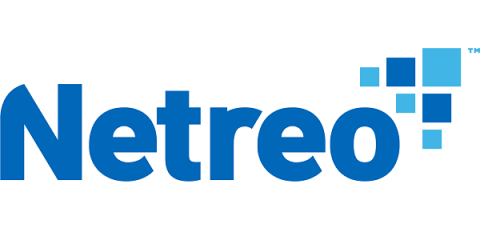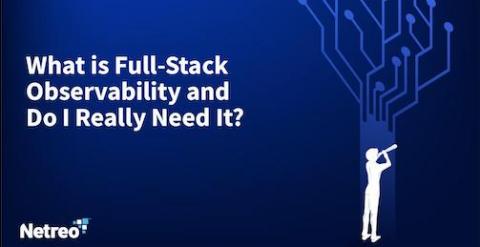Fewer Alerts is Always Better, Right?
Let’s be honest, alert fatigue is a real thing and anyone telling you otherwise is flat out lying. If you have tools generating tens or thousands of daily alerts, eventually people will burn out and simply start ignoring alerts. Even if you have enough team members to divvy up alert reviews, the approach only works for a while. Trouble is, false positives are always generated when managing alerts, and people will eventually ignore false positives.









